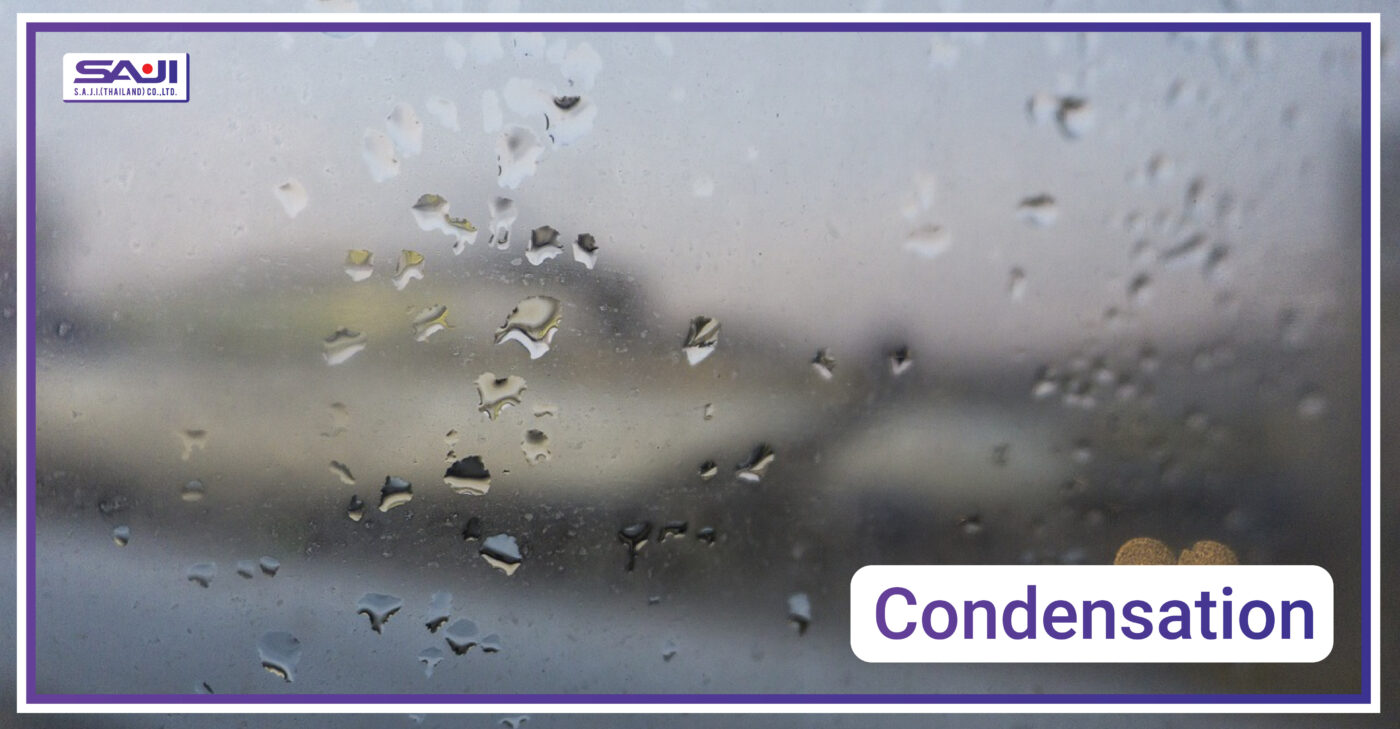Condensation
Condensation is the process where water vapor becomes liquid. It is the reverse action of evaporation, where liquid water becomes a vapor.
Condensation happens one of two ways: Either the air is cooled to its dew point or it becomes so saturated with water vapor that it cannot hold any more water.
Dew Point
Dew point is the temperature at which condensation happens. (Dew is simply condensed water in the atmosphere.) Air temperatures can reach or fall below the dew point naturally, as they often do at night. That’s why the ground, structures, and objects left outside are often coated with water droplets in the morning.
Condensation can also produce water droplets on the outside of soda cans or glasses of cold water. When warm air hits the cold surface, it reaches its dew point and condenses. This leaves droplets of water on the glass or can.
When a pocket of air becomes full of water vapor, clouds form. The point at which condensation starts can be easily viewed in cumulus clouds, which have flat bottoms. Those flat bottoms are where vapor begins to condense into water droplets.
Saturation
Clouds are simply masses of water droplets in the atmosphere. Molecules in water vapor are far apart from one another. As more water vapor collects in clouds, they can become saturated with water vapor. Saturated clouds cannot hold any more water vapor. When clouds are saturated with water vapor, the density, or closeness, of the molecules increases. The vapor condenses and becomes rain.
Cold air holds less water vapor than warm air. This is why warm climates are often more humid than cold ones: Water vapor remains in the air instead of condensing into rain. Cold climates are more likely to have rain, because water vapor condenses more easily there.
Source https://education.nationalgeographic.org
SAJI Product https://sa-thai.com/shop/

